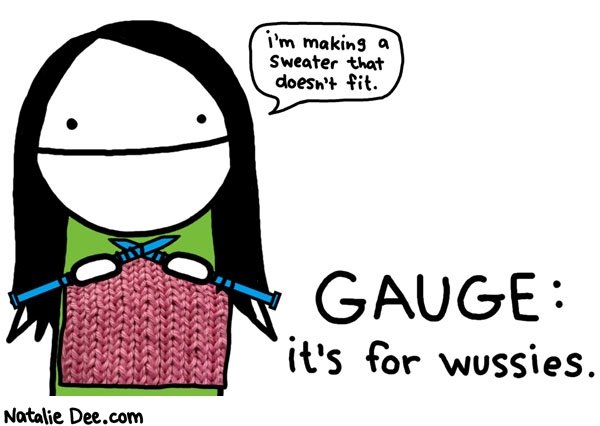I was clicking through the internet one day and saw a little tote for toy cars, with pockets for the cars on one side, and a play area on the other side, that folded up and had a carrying handle. I loved the idea, and after weeks of thinking it would require much more than my feeble sewing skills, I had found enough courage to try it. So of course I couldn't find the web site again. After hours of fruitless googling, I figured that there were a few design features I hadn't been crazy about, anyway, so I would (as usual) just make up my own pattern and (of course) just wing it. And here is my version of a toy-car tote - nowhere near as cool as the original that inspired it, but super-simple to make, small and portable and enough to keep that certain little boy entertained on the go. Enjoy!

This is how to make the toy car tote I made for my nephew, out of an old shirt. First, find an old cotton shirt, or some sort of leftover fabric. I chose the shirt because it was a slightly heavier, durable cotton, but you could use any type of fabric, I suppose. This was a women's large, and I had more than enough fabric.

Next - measure and cut your fabric. I just pinned an 8 1/2" x 11" piece of craft felt to the shirt, and cut around the edge through both layers of the shirt to get 2 pieces of fabric. Easy peasy lemon squeezy. The cat even helped out.

Now you will add your "road". Pin it 2" in from one short edge on the right side of one of the pieces of fabric. You will notice I forgot to embroider the yellow lines on the road before I sewed it on - it is not fun trying to embroider them on afterwards, so if you want them take care of it before this step!
Pin one end of your elastic, and use your cars to see where you need sew down in between, like so. First one car, pin to mark it,

Then the next car, pinning to mark, and so on.

I found that 5 cars fit well on this size fabric.
Sew next to your pinned markers, going back and forth a few times to make sure the elastic is secure. Make sure you sew the edges, too. Turn your piece and sew the long edges of the "road" to your fabric.
I also neglected to put on a handle at this step, when it would have been easiest. If you have a piece of nylon webbing, that would work great as a handle. Pin one piece to the bottom, with the handle part pointing towards the center of the carrier. I know it seem counter-intuitive, but it works. Promise. Lay your two pieces of fabric right sides together, with the handle sandwiched in between, and sew down one side, along the bottom, and up the next side. Reach in, grab the handle, and turn. Ta-daa!
After that, raid your recycling bin for an old cereal or cracker box near the same size, and cut it as shown. Since I was using paper sized fabric, I just cut the front of the box to 7 x 3, 7x3, and 7 x 1-1/2.

Maybe there is an easier way to do this, but I don't know how, so this is what I did - put one piece of cardboard in to the bottom of the "bag" you made, between the two layers of fabric. Leave a small allowance so that you don't sew through the cardboard, and sew across. Insert the 7" X 1-1/2" piece of cardboard, leave a small allowance, and sew across. Add the final piece of cardboard, your second handle if you're using handles (the ends tucked in between the fabric pieces with the handle part out and pointed toward you), and fold the ends under. Pin and topstitch across to seal it shut. Sew on a button to keep it closed when it's folded up, and yay! Done! Fill it with cars and give to your favorite little boy!



























 I have renewed my interest in sewing over this past year. My sewing machine was something that I always wanted, but when I got it, it seemed really intimidating. I have read and re-read my manual many times, though, and started out with some simple straight stitching to make some
I have renewed my interest in sewing over this past year. My sewing machine was something that I always wanted, but when I got it, it seemed really intimidating. I have read and re-read my manual many times, though, and started out with some simple straight stitching to make some